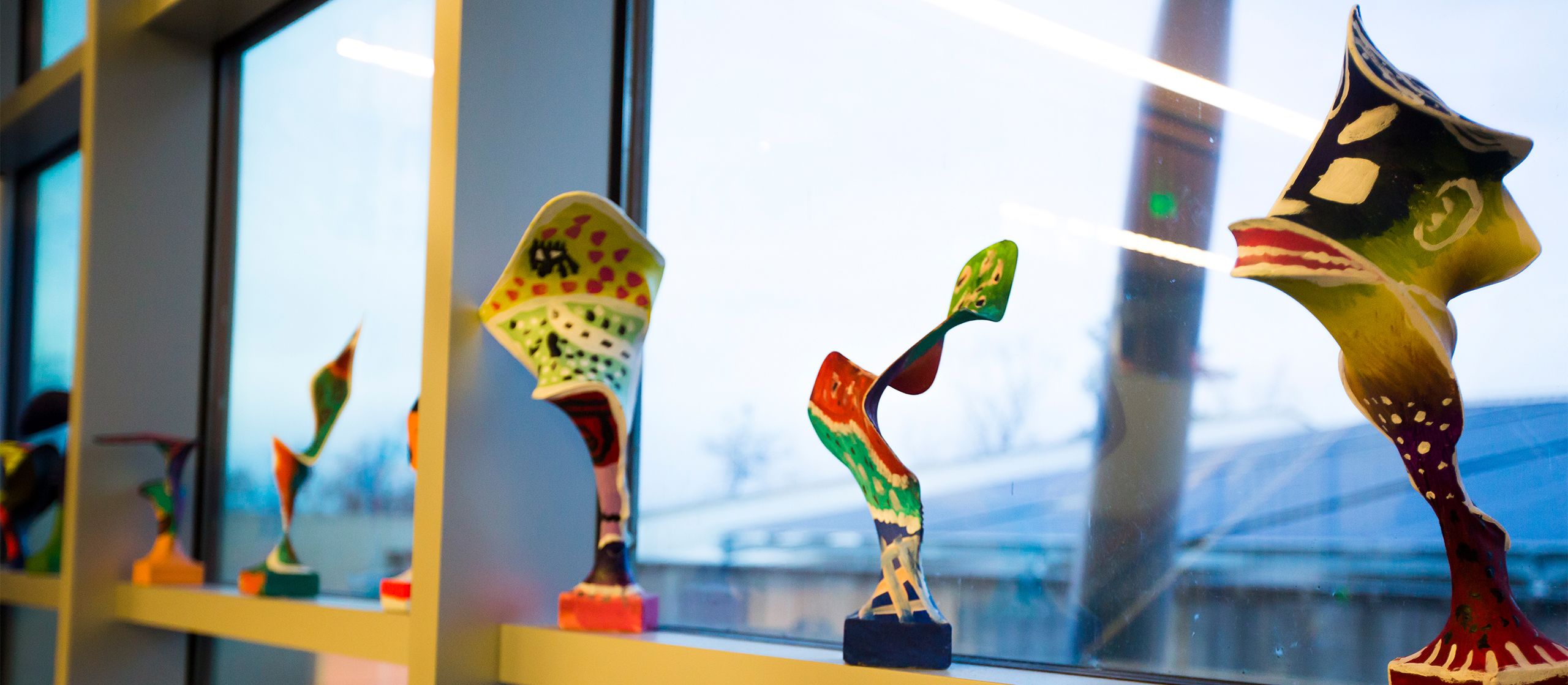From the library to the community
Atlanta students get inspired by Emory’s traveling exhibit on black art and activism
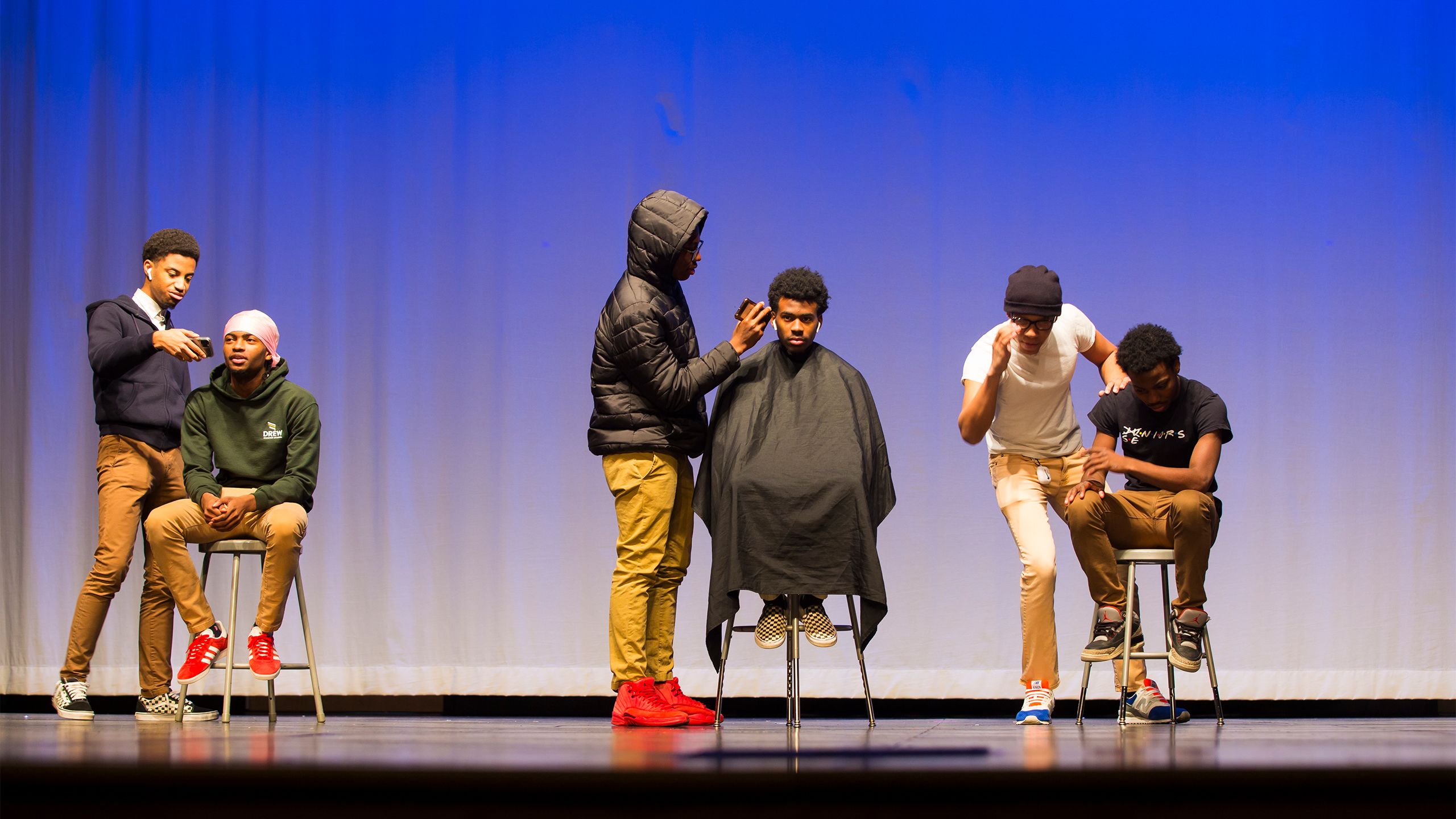
The setting of this one-act play is an African American barbershop, and three barbers – one much older and wiser than the others – exchange banter with their clients as they trim them up. All the actors are students at Drew Charter School, a public charter school in Atlanta, and in this original skit, they debate social issues in their community such as gun violence, police brutality and respect for women.
“They convinced me to let them do a little improv, against my better judgment, but it turned out well,” said Sterling Slaughter, STEAM and social justice teacher at Drew’s Junior/Senior Academy, prompting laughter in the audience. “The students are not only extremely talented, but they understand the issues that are happening in their neighborhoods and communities, and they want to say something about it.”
The students performed the play during opening night Jan. 22 for “Speak What Must Be Spoken,” a traveling exhibit for schools created by a team at Emory Libraries. The exhibit, which will be on display through May 1, is in its second run after its debut last year at Martin Luther King Jr. Middle School.
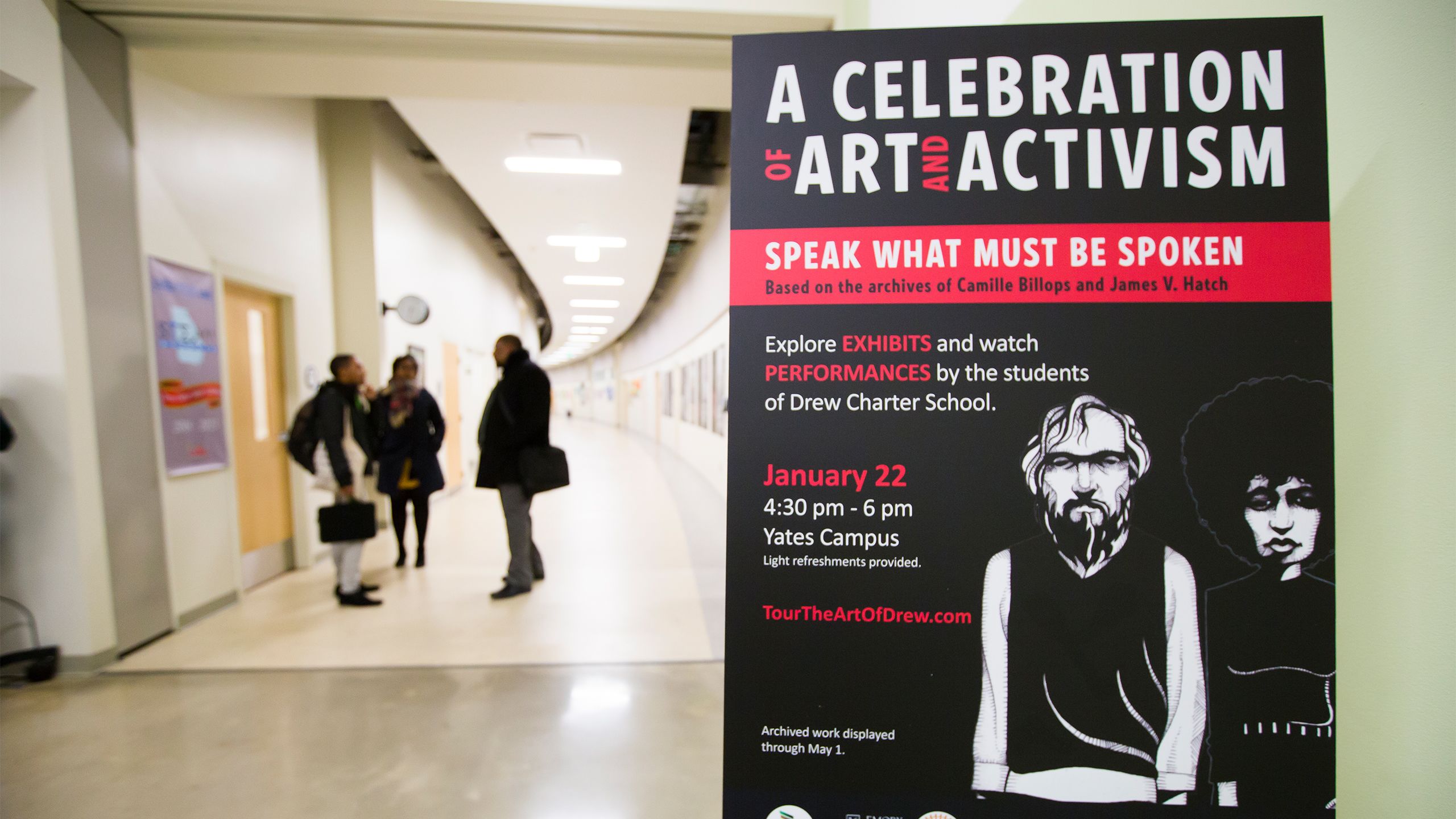
“Speak What Must Be Spoken”connects African American art and activism with today’s youth.

“Speak What Must Be Spoken”connects African American art and activism with today’s youth.
“Speak What Must Be Spoken”connects African American art and activism with today’s youth.

Students shared messages through music and skits.
Students shared messages through music and skits.
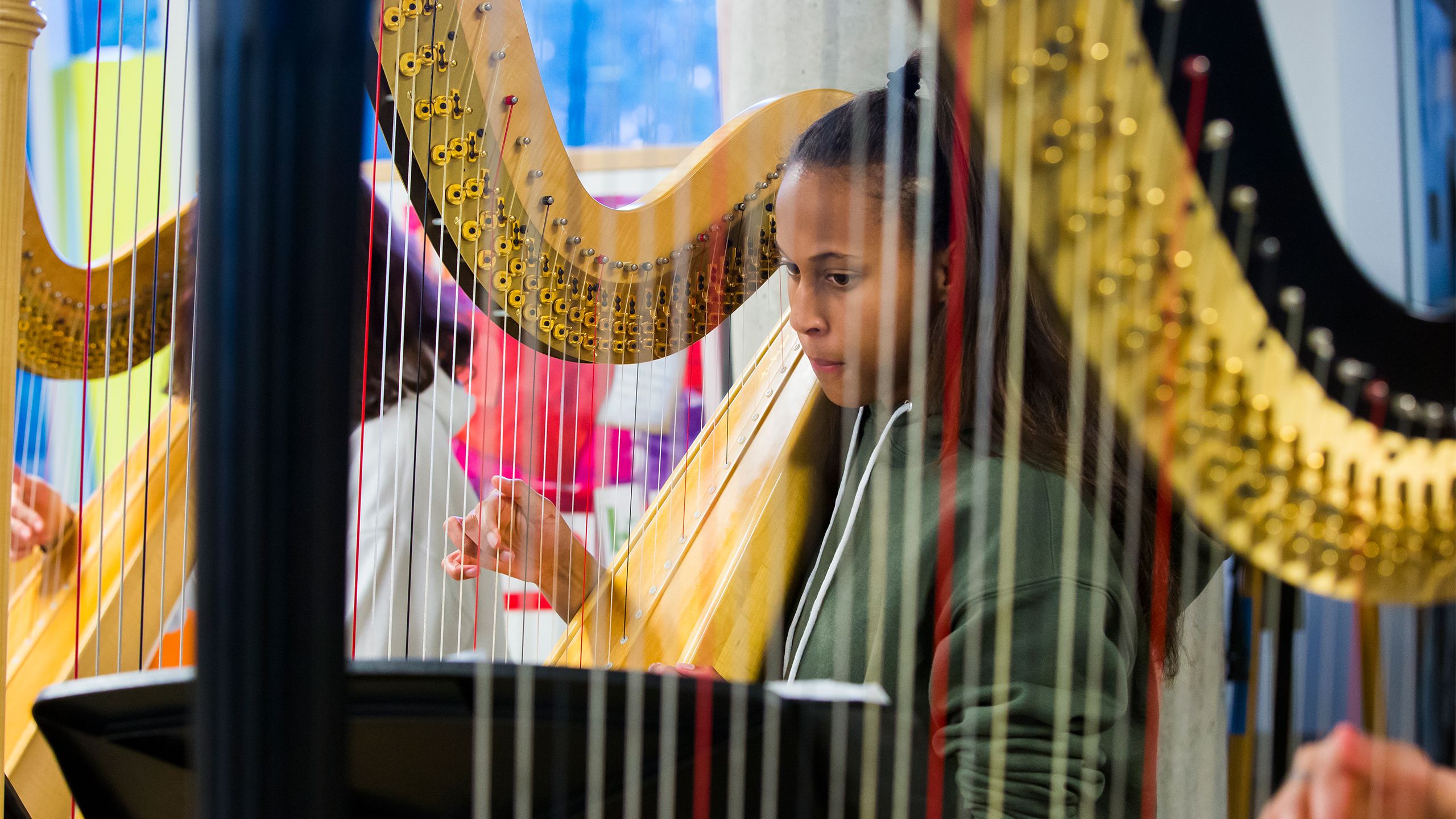
This year, the exhibit and its concepts of black art and activism are making their home with Drew Charter’s students in grades 7 through 12. The exhibit serves as a catalyst for reflection and creativity, and for the opening night, the students responded with inspired artwork, dance, the original one-act play and music – including a harp performance, a choral piece and original rap verses.
“It’s gratifying to see the creativity that is inspired by this exhibit,” said Emory University Librarian Yolanda Cooper after viewing the performances and displays. “We’re so pleased with the learning we’ve seen and the partnerships we now have with the schools. Our goal is to continue to share Emory’s varied and unique archives with the broader community.”
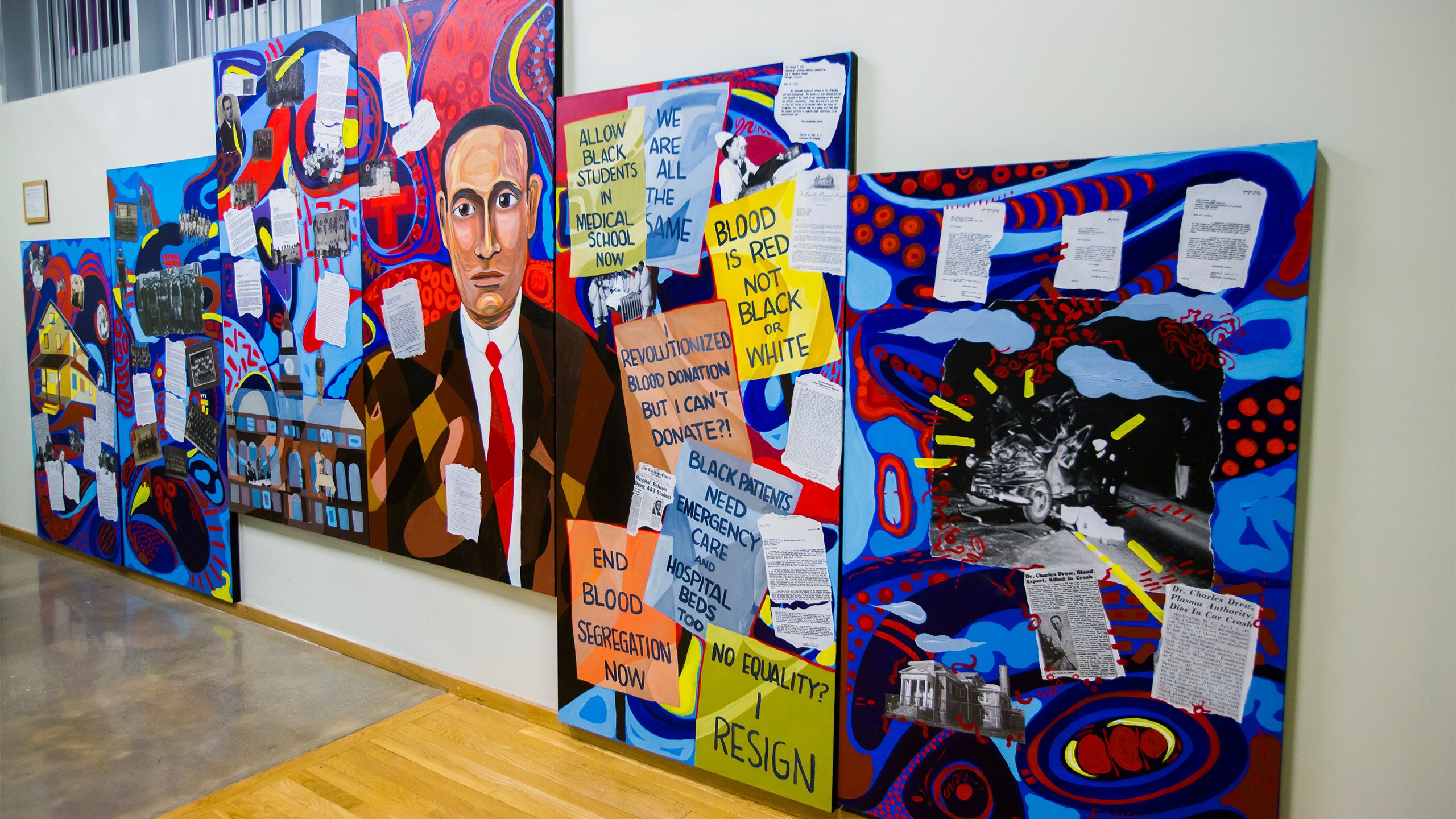
The exhibit teaches how artists and activists in the African American community laid the foundation for more opportunities today.
The exhibit’s concepts are integrated into the curriculum with lessons created by Barbara Coble, Emory Graduation Generation Partnerships manager, and her Emory student interns.
They collaborated with Courtney Bryant, Drew’s STEAM coordinator, on the curriculum content and methods. The creation of a one-act play was part of the curriculum plan, Coble said, inspired by the scripts written by black playwrights in the Billops-Hatch collection.
“Not only are the Drew students learning, but the Emory students are learning and growing as well,” Coble said.

The exhibit teaches how artists and activists in the African American community laid the foundation for more opportunities today.
The exhibit teaches how artists and activists in the African American community laid the foundation for more opportunities today.
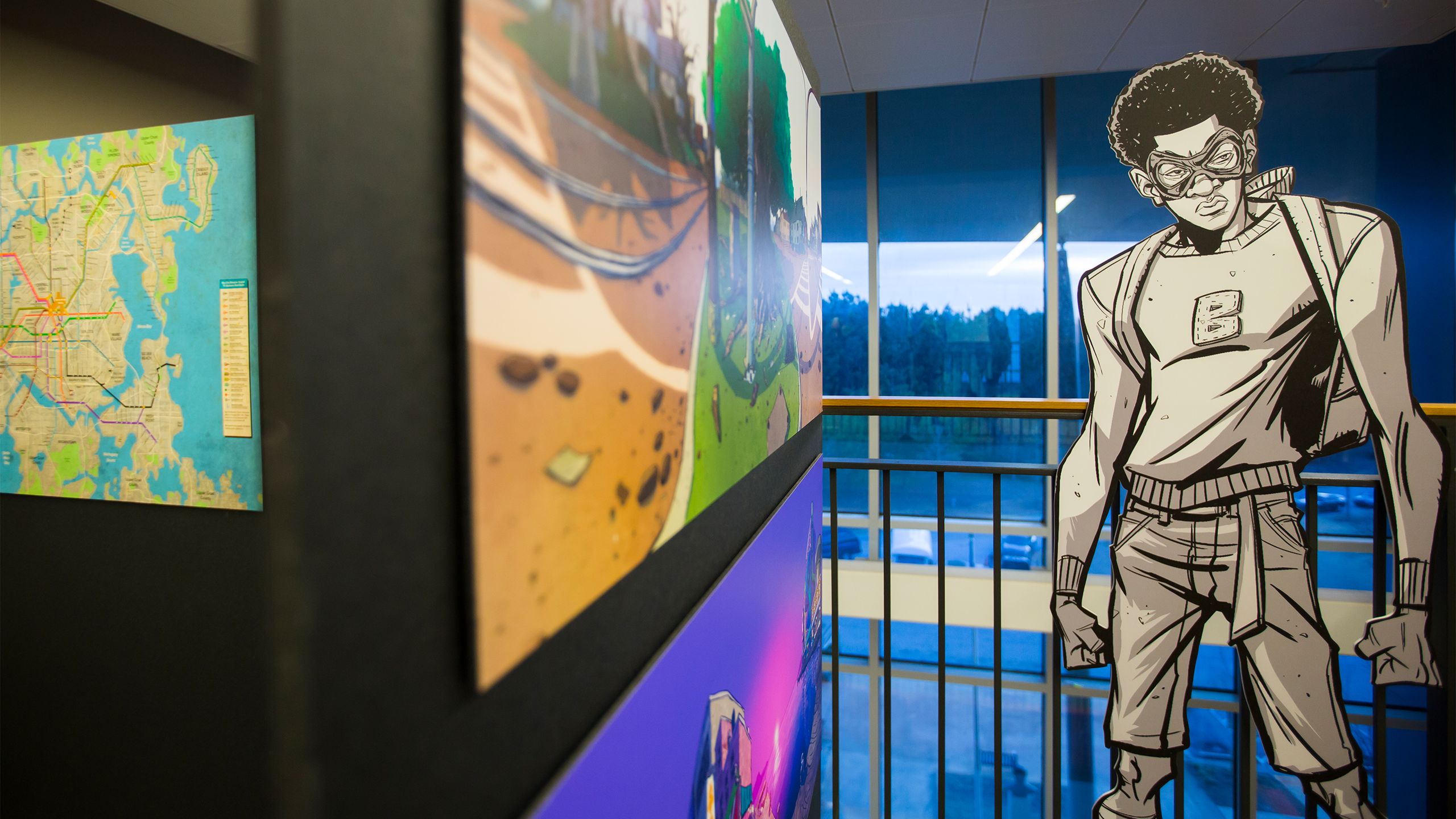
The exhibit teaches how people in the African American community laid the foundation for more opportunities today.
The exhibit teaches how people in the African American community laid the foundation for more opportunities today.
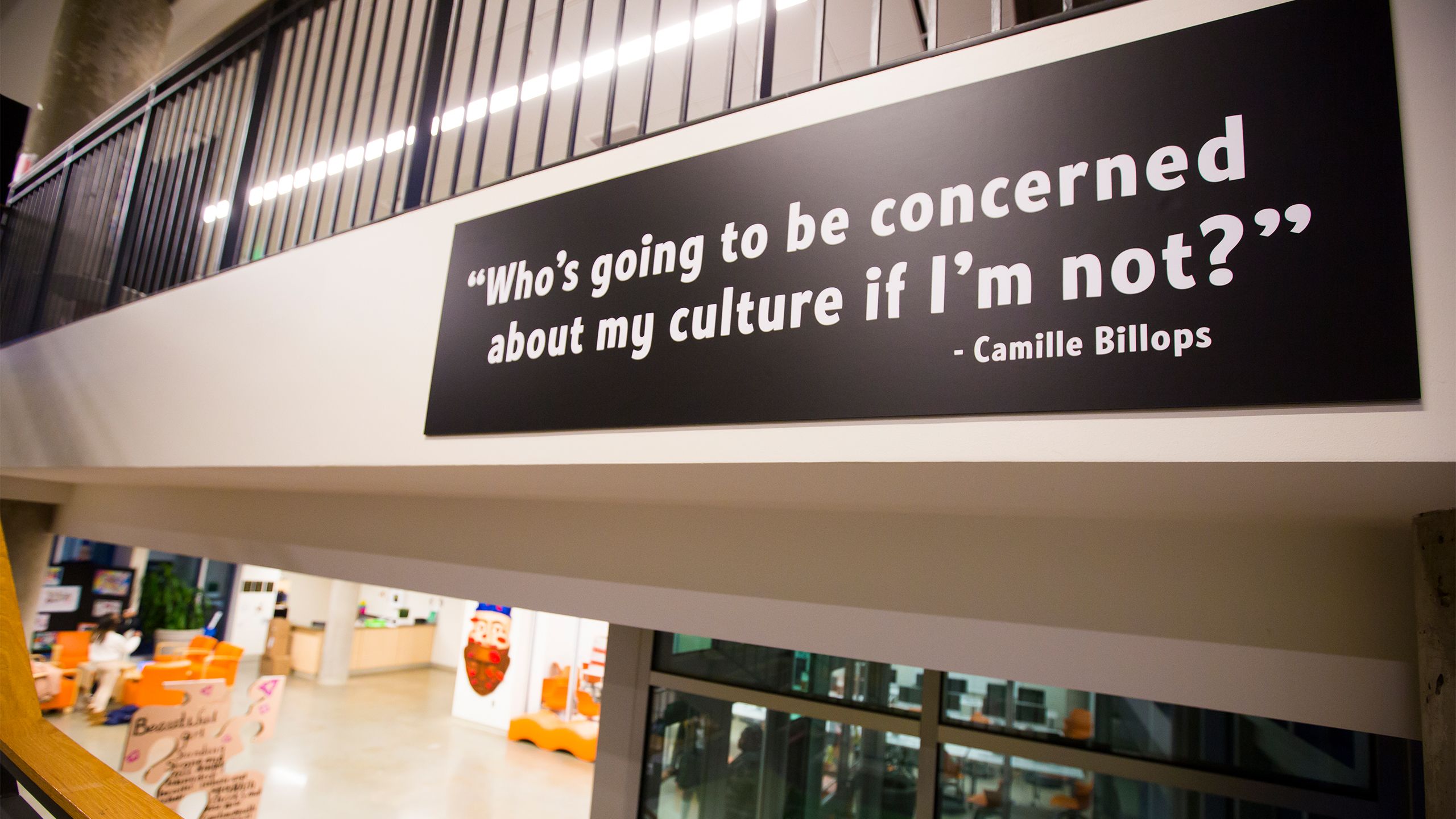
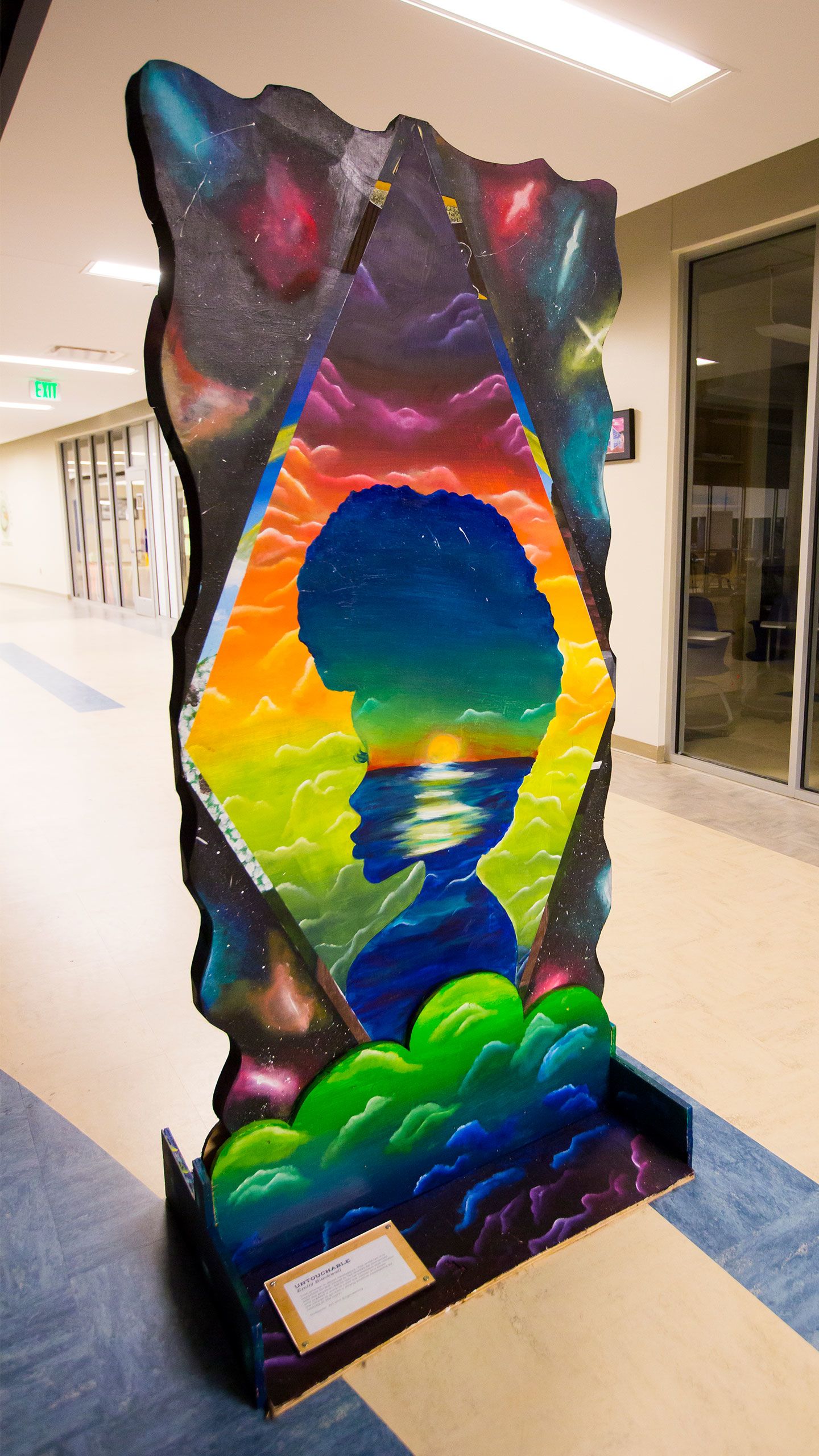
Results of studying “Speak What Must Be Spoken”
In addition to the one-act play, the opening night performances featured a group of eighth-grade harp students who performed classical and spiritual pieces. The chorus performed “Seven Last Words of the Unarmed,” a moving piece written by Atlanta-based composer Joel Thompson about the last words spoken by victims of police violence.
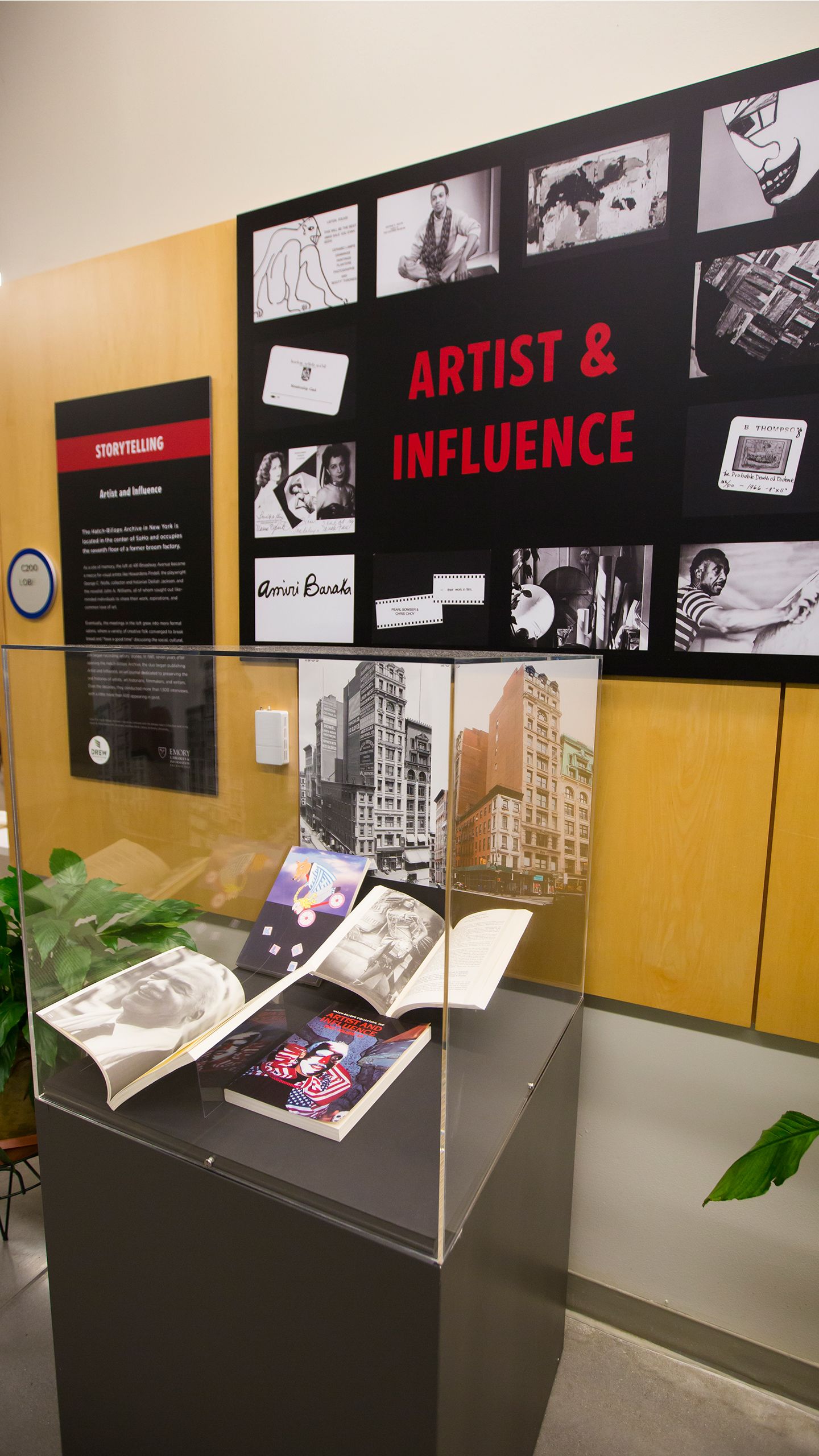
Students learn that artists can greatly influence society.
Near a collection of artwork, seventh-grader Grace Kight pointed out her drawing of a raised fist done in the crosshatching style of artist Keef Cross, who created a portrait series of black artists/activists for the Billops-Hatch collection that’s been part of the traveling “Speak What Must Be Spoken” exhibit. A group of students began discussing a crosshatching of the symbolic one eye, which one student said represents the one eye of society that’s always watching people of color.
“The one eye doesn’t always have to be something bad. That’s why we use black ink on white,” said eighth-grader Isla Edwards. “In art, they call the white space the negative space. But I like to call it all canvas space, because we always have somewhere to put new ideas.”
Cross visited the art classes and talked with the students about his career path as an artist, then showed them how he creates his signature crosshatching portraits. Students then made portraits of their own heroes, including Pakistani activist Malala Yousafzai, American soccer player Megan Rapinoe, environmental activist Greta Thunberg, NFL player and activist Colin Kaepernick and activist Angela Davis.
For her crosshatching portrait, Edwards chose Emma Gonzalez, a gun-control activist and survivor of the Stoneman Douglas High School shooting in Parkland, Florida, in 2018.
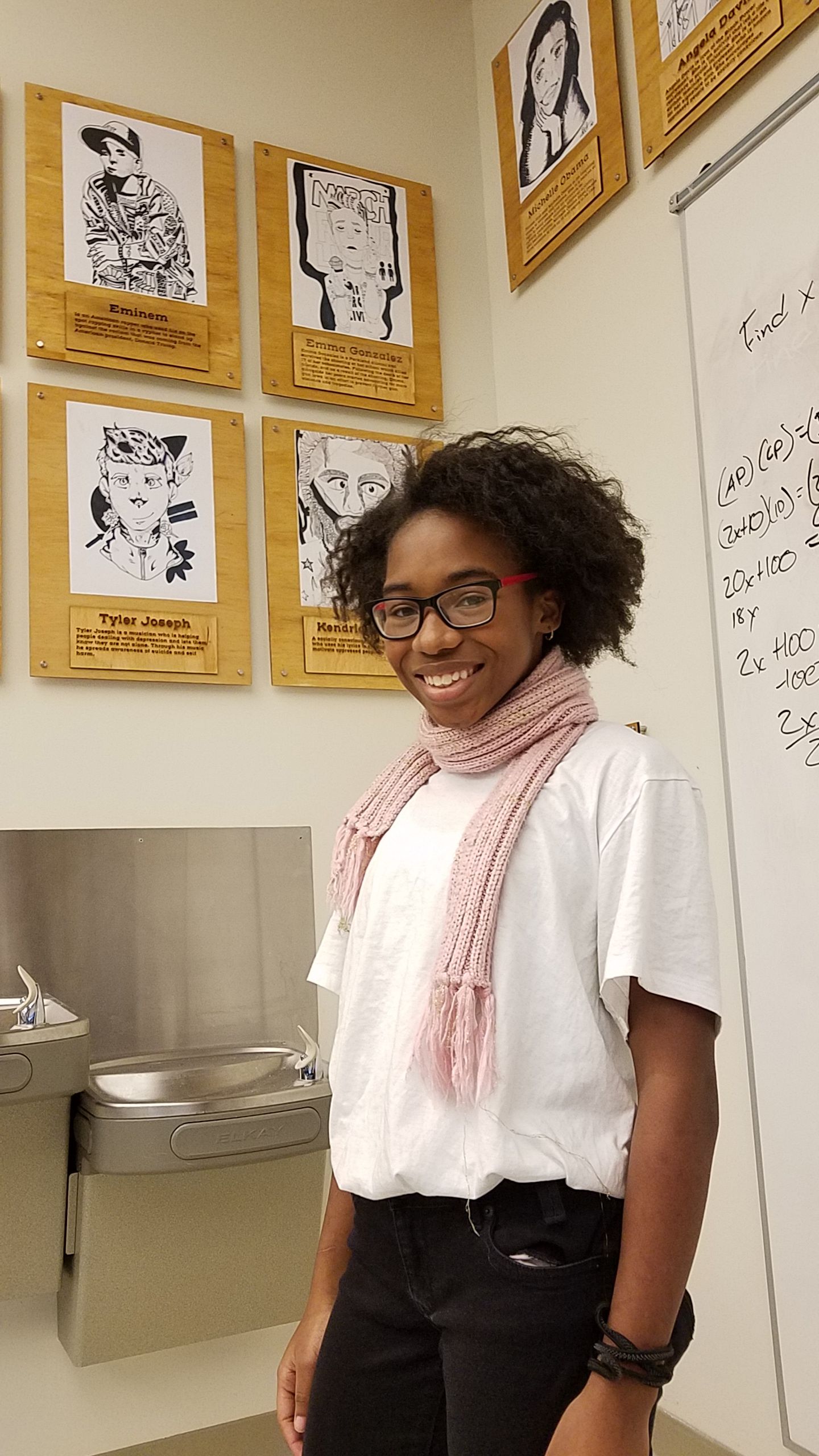
Student Isla Edwards shows her artwork.

Students learn that artists can greatly influence society.
Students learn that artists can greatly influence society.

Student Isla Edwards shows her artwork.
Student Isla Edwards shows her artwork.

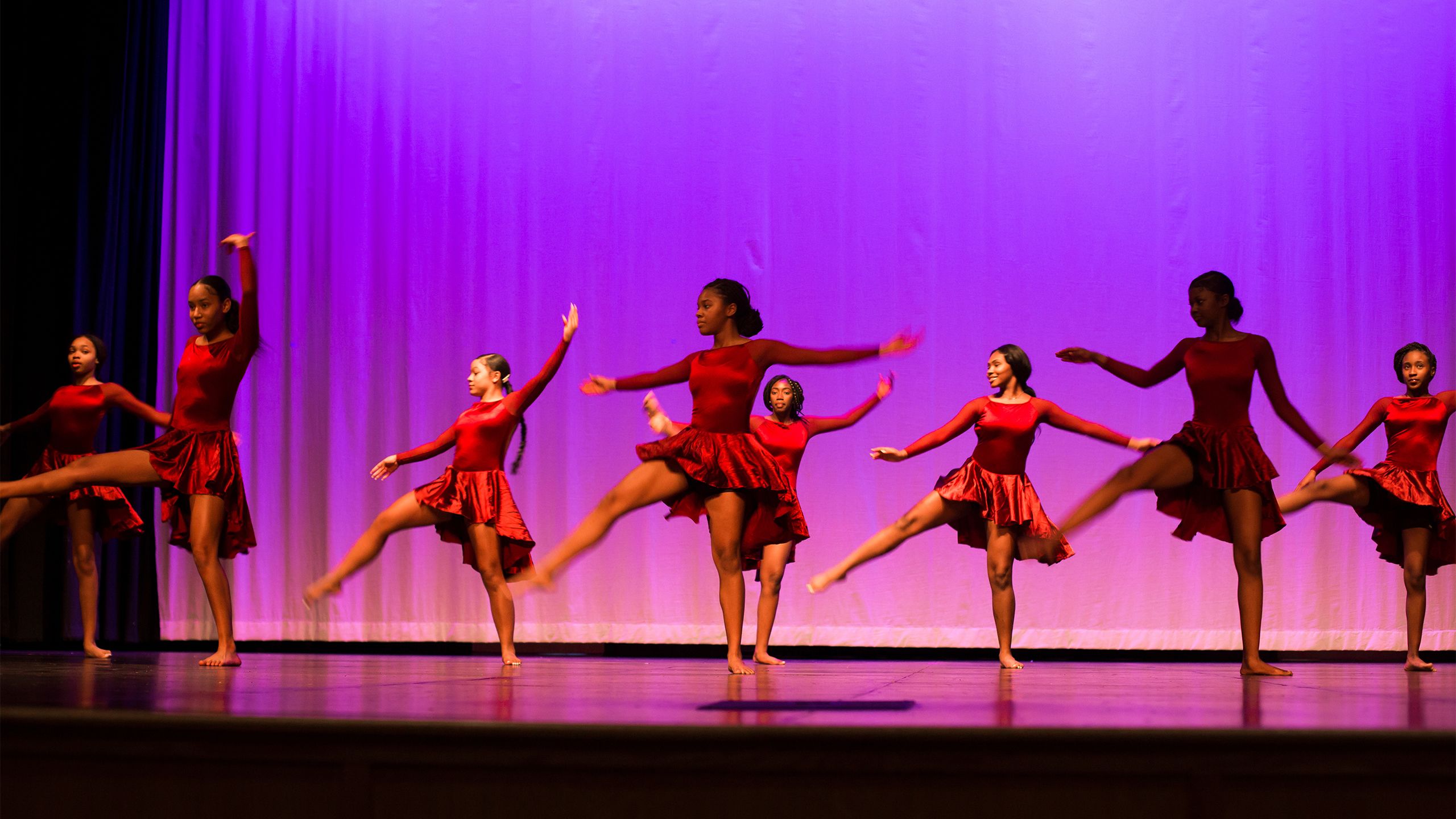
The project team for the “Speak” traveling exhibit at Emory includes Pellom McDaniels III, Rose Library curator of African American collections; Emory Libraries exhibitions director Kathy Dixson and team members Caroline Corbitt and John Klingler; Leslie Wingate, LITS campus and community relations director; and Coble.
“Exhibits and installations such as this allow students, parents and members of the community to benefit from the bounty of resources available at the Stuart A. Rose Library,” McDaniels said. “Most importantly, through community partnerships like this one, everyone benefits, especially our children.”
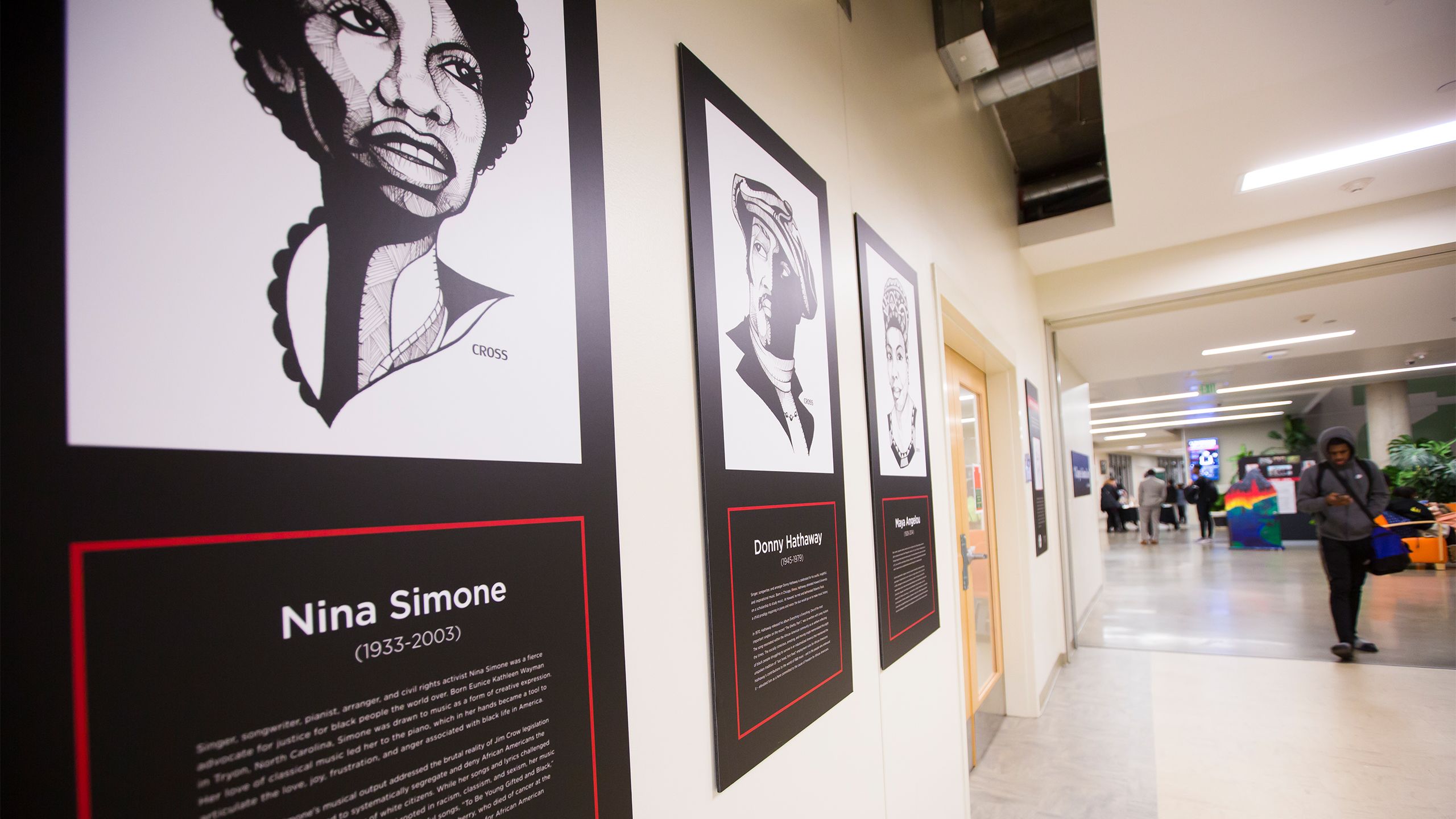
Portraits of black activists and artists are in classrooms and hallways throughout the school.
ABOUT THIS STORY: Written by Maureen McGavin. Photos by Kay Hinton.
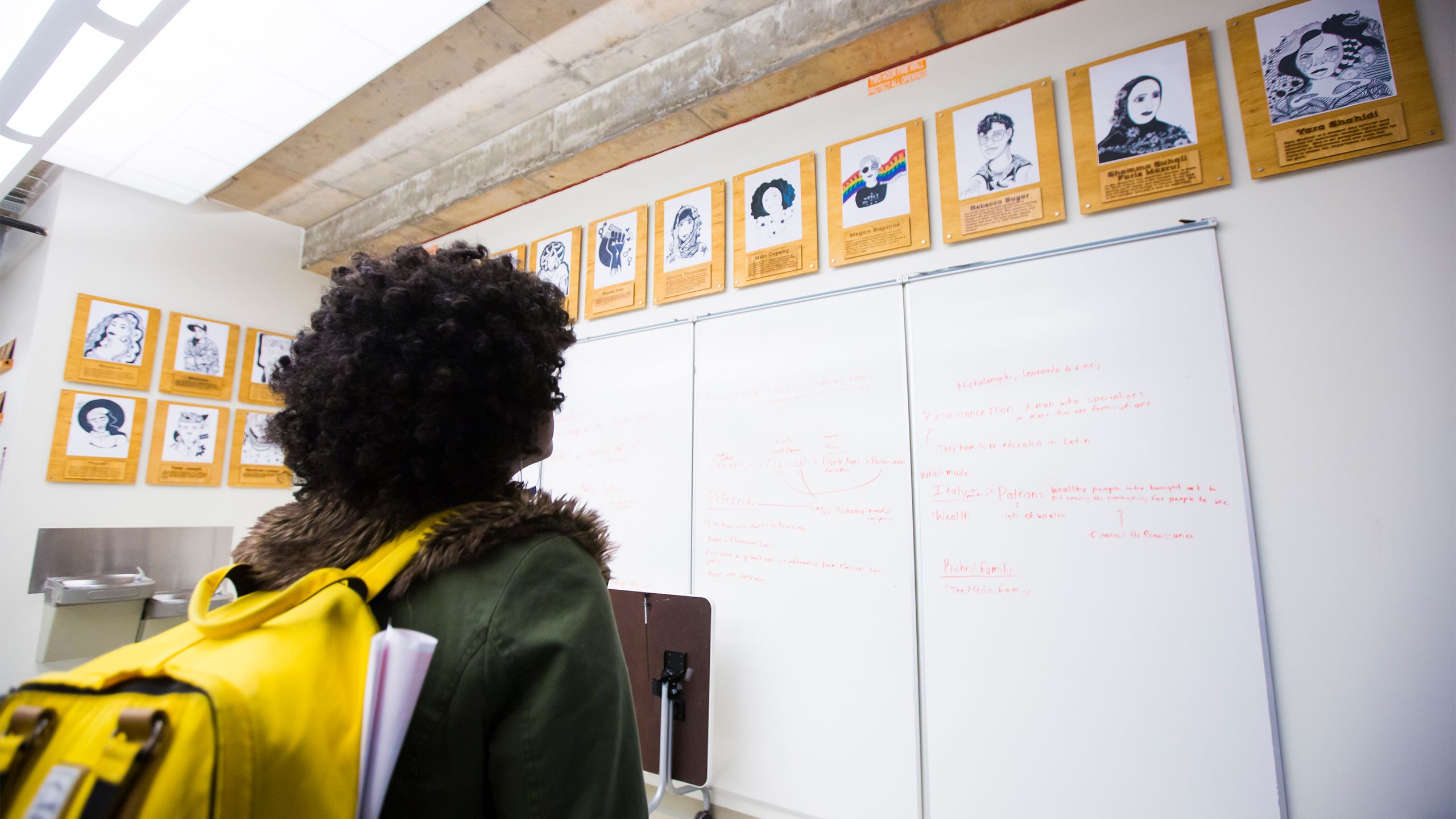
Portraits of black activists and artists are in classrooms and hallways throughout the school.
Portraits of black activists and artists are in classrooms and hallways throughout the school.

Portraits of black activists and artists are in classrooms and hallways throughout the school.
Portraits of black activists and artists are in classrooms and hallways throughout the school.
